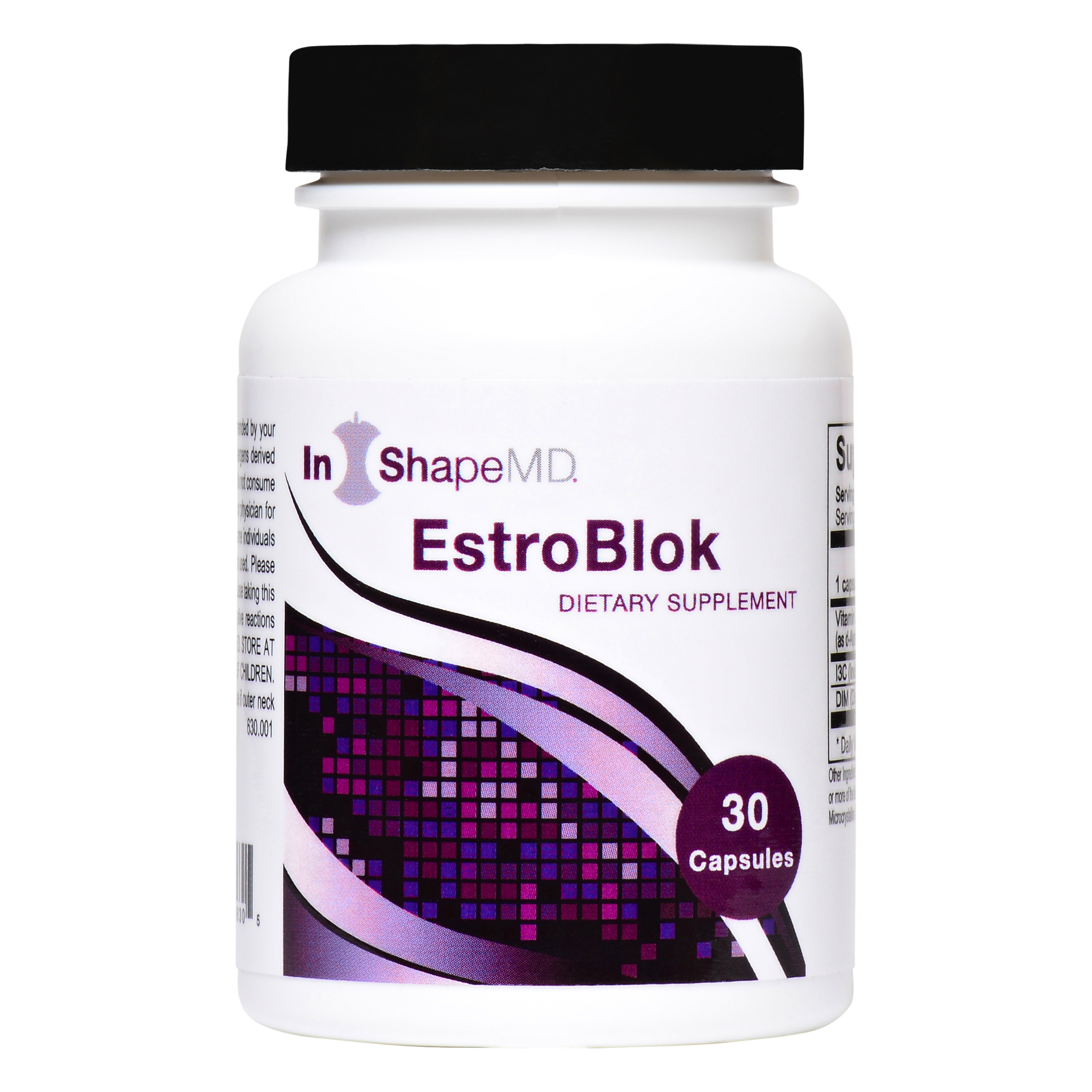Description
This product contains herbs and trace minerals which work in synergy to support healthy prostate function. Saw palmetto extract, nettles root extract, and pygeum bark extract each support prostate health in unique ways and work together to support healthy urinary flow, urination frequency, and maintain a balanced cycle of inflammation in the prostate. This product contains a potent, standardized extract of saw palmetto, a 16:1 extract of nettles root, and a standardized dried extract of the bark from Pygeum africanum, as well as chelated form of zinc, copper and selenium to support healthy prostate function.
Overview
Prostate enlargement can affect several factors of men’s health including urinary flow and overall prostate health. Testosterone, its potent metabolite dihydrotestosterone (DHT), and estrogen are hormones that affect the prostate gland. Testosterone is converted into estrogen via the enzyme aromatase. Aromatase levels increase as men age resulting in a subsequent decline in testosterone levels and increased estrogen production. Testosterone is also converted to its more potent form, DHT, via the enzyme known as 5-alpha-reductase . The combination of increased estrogen levels along with elevated DHT is thought to be a key factor in enlargement of the prostate gland. [1] (Erased 2 sentences in between here) Natural aromatase inhibitors and botanicals that prevent increased DHT and estrogen levels are included in Prostatrol Forte to help support healthy urinary flow, hormone metabolism, and overall prostate health.
Saw Palmetto
The fat-soluble extract of the fruit of the saw palmetto tree, (Sabal serrulata) native to Florida, has been extensively researched for its ability to support prostate health. The mechanism of action of saw palmetto includes inhibition of the enzyme 5-α-reductase and interfering with prostate estrogen receptors. [2,3] In a meta-analysis of 18 randomized controlled trials involving 2939 men, saw palmetto had significant benefits, promoting normal urinary flow, nighttime urinary frequency, and peak urine flow rate. [4] In a 6-month double-blinded, randomized trial of 1098 patients, saw palmetto supported healthy prostate scores, peak urinary flow rate, and promoted healthy sexual function. [5]”
Nettles
Nettles root extract (Urtica dioca) is a perennial plant that grows abundantly and has been used in traditional medicine in Europe and Asia. Multiple active compounds in nettles root, including lignans and trihydroxyoctadecenoic acids, have been shown to support prostate health. [6] A doubleblind placebo-controlled trial demonstrated that stinging nettles root reduced sex hormone-binding globulin (SHBG) levels in men. [7] SHBG, a protein produced primarily in the liver, serves as a transport carrier shuttling estrogen and testosterone to sex hormone receptors throughout the body. With aging, SHBG levels can rise, even though the production of hormones continues to decline. Elevated SHBG traps free testosterone creating hormone shifts that negatively impact prostate gland health. In addition to reducing SHBG levels, nettles root has been shown to block the SHBG receptor, preventing an increase in hormone receptor activity. [8] Due to its broad spectrum of effects on hormone balance and prostate health, nettles root extract helps maintain normal prostate growth and size. [9,10]”
Pygeum Bark
Pygeum africanum, is an evergreen tree native to Africa, the bark of which has been used by natives to support urinary health. Pygeum has been shown to block androgen precursors and has also been shown to maintain normal prostate size by inhibiting growth factors responsible for prostate growth in men. [11] Pygeum also supports a healthy inflammatory response by inhibiting the lipoxygenase enzyme. [12] In a study of 85 patients given 50 mg pygeum twice daily for 2 months, quality of life scores improved and pygeum was shown to significantly support normal urinary frequency. [13] A dose comparison trial of 209 patients divided into two groups, which received either 100 mg Pygeum extract once daily or 50 mg twice daily, showed both groups to have similar, positive outcomes maintaining healthy urinary flow rate. [14]”
Herbal Synergy
The synergistic relationship of saw palmetto, nettles and pygeum has been proven in the literature. [15,16] A randomized clinical trial found the combination of saw palmetto extract (160 mg) and nettles root extract (120 mg) more effectively supported all parameters of prostate health measured, and had fewer side effects than other traditional medical approaches. [15] The combination of pygeum and nettles root extracts have also been shown to block aromatase activity to a greater extent than either extract alone. [16]”
Zinc, Selenium and Copper
Ensuring adequate zinc status is important in older men where elevated estrogen levels may decrease the absorption of zinc. Zinc is also a strong inhibitor of 5-alpha-reductase, resulting in less testosterone to DHT conversion. [17] Copper is included in Prostatrol Forte to prevent a zinc-induced copper depletion. Selenium helps support prostate health by boosting antioxidant-promoting pathways specifically related to prostate health.”
” This statement has not been evaluated by the Food and Drug Administration. This product is not intended to diagnose, treat, cure, or prevent any disease.






